
views
What is RSO?
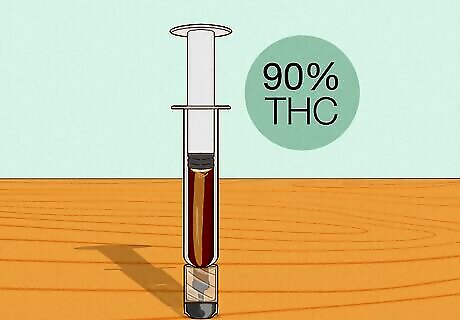
Rick Simpson Oil (RSO) is cannabis extract with up to 90% of THC. RSO is extracted from the cannabis plant and cooked in a solvent like grain alcohol to create a potent oil concentrate. It was developed by Canadian Engineer Rick Simpson, who experienced tinnitus and dizzy spells after a work injury. Simpson used medical marijuana against the advice of his doctor and eventually found a study where THC helped kill cancer cells in mice. With this knowledge, he created RSO, claiming it “cured” the cancerous growths on his arm. While RSO is widely discussed online, little evidence supports Simpson's claim. However, THC may help alleviate the side effects of chemotherapy.
What is RSO used for?

Medical marijuana products are commonly used for pain management. In the United States, medical marijuana is used for chronic pain and patients undergoing chemotherapy. It can help users alleviate their pain, nausea, and dizziness. It’s also said to be an effective muscle relaxant for people with Parkinson’s disease. Similarly, the high THC level of RSO may also help people with the following conditions: Arthritis Asthma Chronic inflammation Depression High blood pressure Insomnia Loss of appetite

Rick Simpson claims his use of RSO “cured” his skin cancer. In 2003, Rick Simpson was diagnosed with skin cancer. He claims his concoction has “shown its ability to fight skin cancer lesions when applied topically.” Through his case studies, researchers found his sources were not credible. Instead, they came from news articles and blogs, and researchers found little evidence to support his claim.
RSO vs. CBD
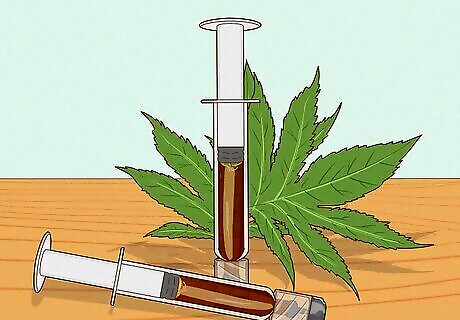
RSO uses all the components of a marijuana plant. Unlike other cannabis oils, like CBD or distillate oils with 60% THC, RSO contains very little CBD and up to 90% THC. While RSO may share similar properties as other oils, the breakdown process is where they differ. Distillate oils remove all of the added elements of a cannabis plant, like the terpenes, until only THC or CBD remains. RSO uses all of the plants to create a potent oil. Cannabidiol (CBD) oils are found in food, drink, and beauty products. They don’t contain tetrahydrocannabinol (THC), which produces the “high” effect marijuana is known for.
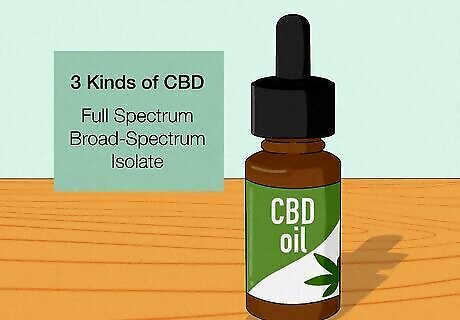
Cannabis oils come in full spectrum, broad-spectrum, or isolate. While RSO is technically considered a full-spectrum oil (FSO), its extraction process differs slightly from an FSO's. RSO consists of a certain selection of cannabinoids—typically, users use the indica strain—and extract the THC and CBD at a high temperature to burn off the terpenes and other compounds in the process. Broad-spectrum oil contains a selection of cannabinoids and compounds but may contain less THC. Isolate, or raw oil, extracts one specific cannabinoid and strips away all others, like CBD.
RSO Usage & Dosage

RSO can be used topically or ingested orally. Mix 1-2 drops of Rick Simpson Oil into a skin cream, medical salve, or directly onto the skin, depending on the alignment you seek to treat. This may be ideal for injuries, wounds, or muscle pain. RSO can be consumed straight from the syringe, in capsule form, or mixed into food or beverages. For consumption, ensure you use an edible solvent, like food-grade alcohol. Avoid smoking RSO if it's extracted with a flammable solvent.
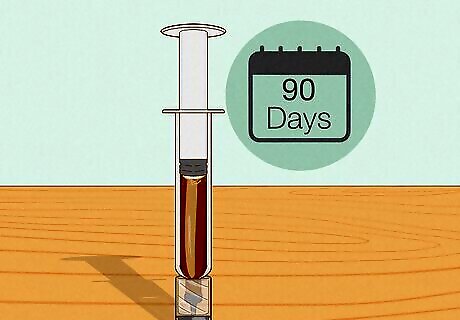
Rick Simpson’s method is designed to be completed in 90 days. Rick Simpson suggests starting with a slow and small dose when first starting his treatment method. This will help you discover how much the oil affects you and may prevent a green-out. Give it 30 to 60 minutes and see how you feel. Allow your body to relax. Eventually, you’ll build a higher tolerance. Week 1: Start with a drop half the size of a grain of rice every 8 hours, in the morning, in the afternoon, and one hour before bed. Week 2-5: Double your dose every four days and continue to take it every 8 hours. Week 5-12: Consume 9 drops (1 ml) daily every 8 hours.
Is RSO safe to use?

Yes—but start with a low dosage and slowly work up to 1 gram. Rick Simpson’s recommendation for an effective RSO treatment is to ingest 60 grams of RSO within 90 days. However, due to its high THC content, it’s important to go slowly and start with a low dosage to build up tolerance. If you plan on using RSO, avoid driving or operating machinery. Common side effects include: Headaches Nausea or vomiting Mood swings Paranoia Anxiety Accelerated heart rate Coordination problems Red eyes Delayed reaction times Fatigue
Is RSO legal to use?

RSO may be available for medical usage in legalized states. There are 24 states with legalized weed. However, recreational and medical usage may vary. Contact your local legalized dispensary to learn if RSO is available for purchase, or place an order through Rick Simpson’s online shop. 1g of RSO is available for purchase on Rick Simpson’s website for $60. A full 90-day treatment can cost up to $2,400.
How is RSO made?

Combine 1 lb (16 oz) of dried cannabis and 1 US gal (3.8 L) of food-grade alcohol. Some say Indica is the best option for RSO. However, you can use any strain you’d like. To make RSO at home, break up large chunks of cannabis with a wooden spoon. Then, pour the solvent of your choice until the plant is completely covered. Stir and crush the cannabis while you add the solvent for about 3 minutes. You can also use 99% isopropyl alcohol, butane, ethanol, or similar solvents. Use food-grade alcohol for ingestion. Food-grade and isopropyl alcohol are flammable and cannot be used around open flames, stovetops, cigarettes, or electrical sparks.
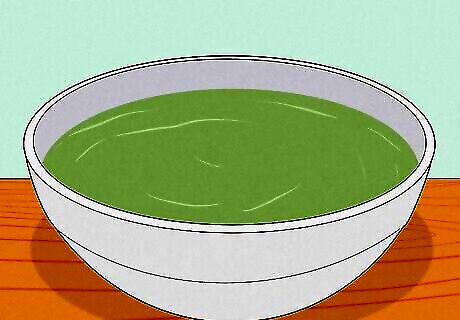
Drain the solvent into a large bowl over a cheesecloth. Once the cannabis has dissolved, strain the solvent through a cheesecloth. Let it sit for a minute. If you still have extra cannabis and alcohol, repeat the process of crushing, stirring, and draining.
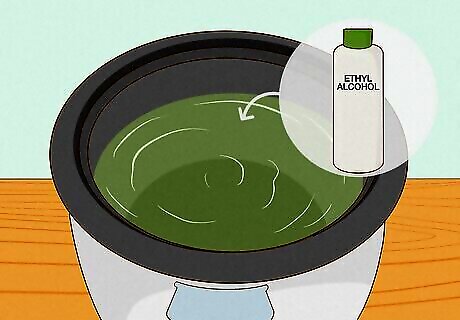
Pour the solvent into a rice cooker and add more solvent as needed. Fill a rice cooker three-quarters of the way with your solvent. Close and set the rice cooker to 210–230°F (99–110 °C). As the alcohol evaporates, slowly add more until you’ve poured all the solvent in. Ensure you cook the solvent in a well-ventilated area and avoid flames, stovetops, and similar high-combustion appliances.
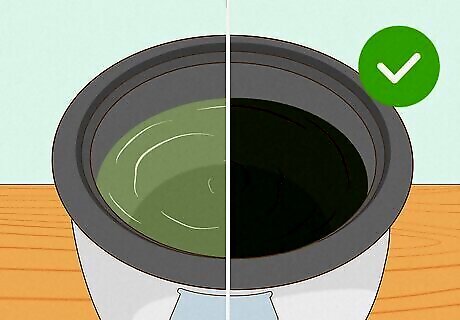
Look for a dark, greasy consistency before filling a syringe. The alcohol has dissolved when a thick, dark oil remains. Dip a 60 mL (2.0 fl oz) syringe into the oil, and slowly pull on the plunger to fill the syringe. Top the syringe with a plastic tip to prevent it from spilling. You may need multiple syringes to get the oil out. Store them in a dark, cool place until you're ready to use them.

















Comments
0 comment